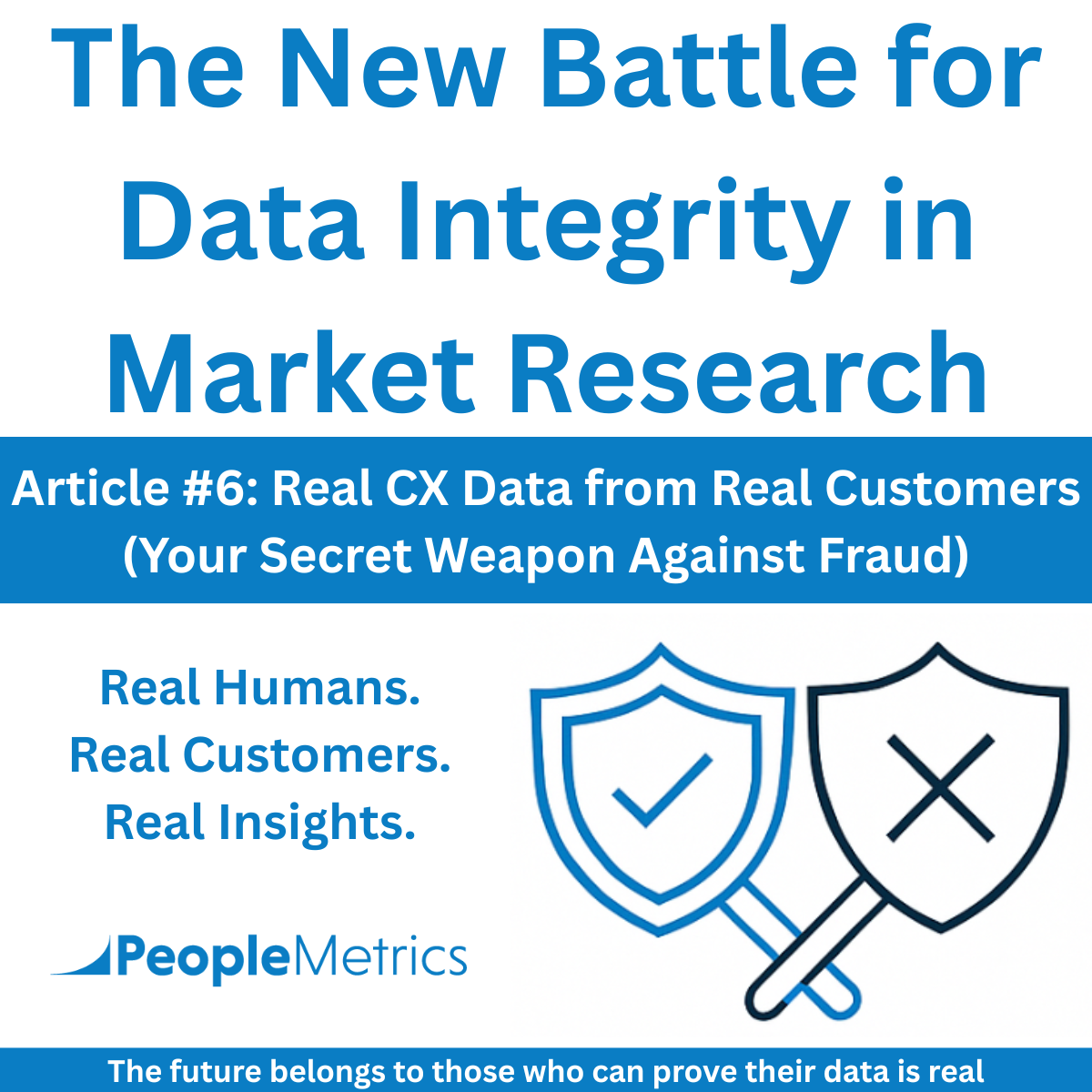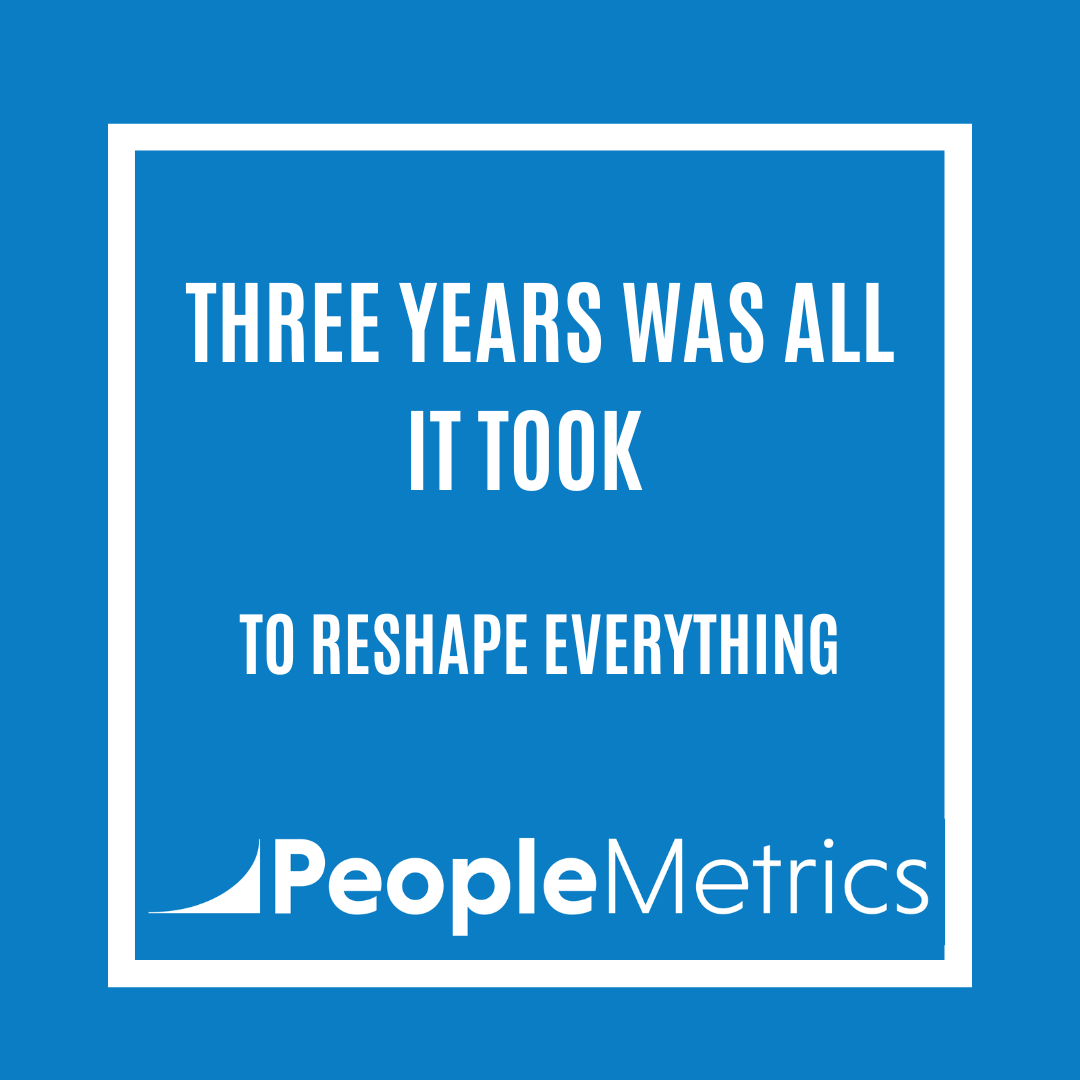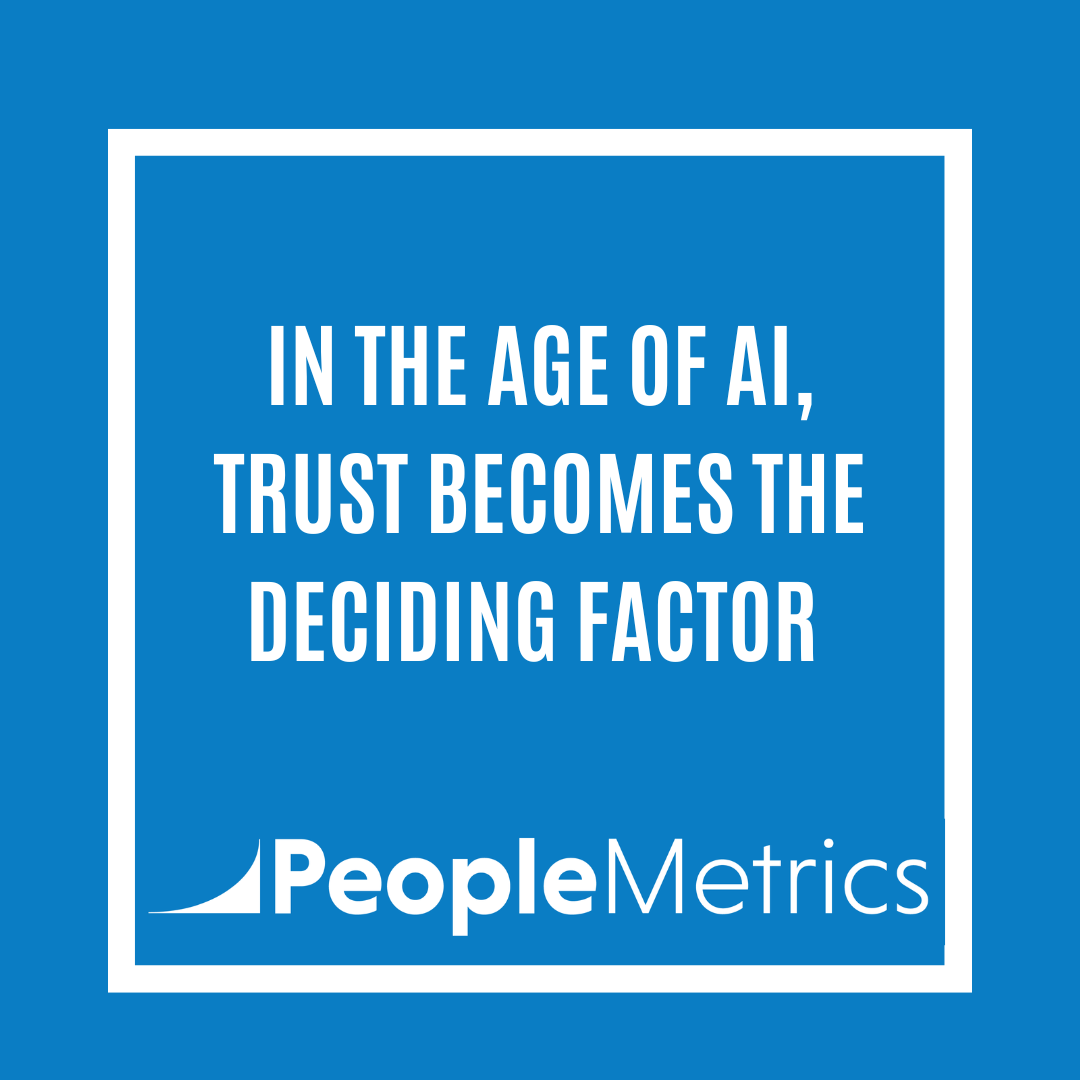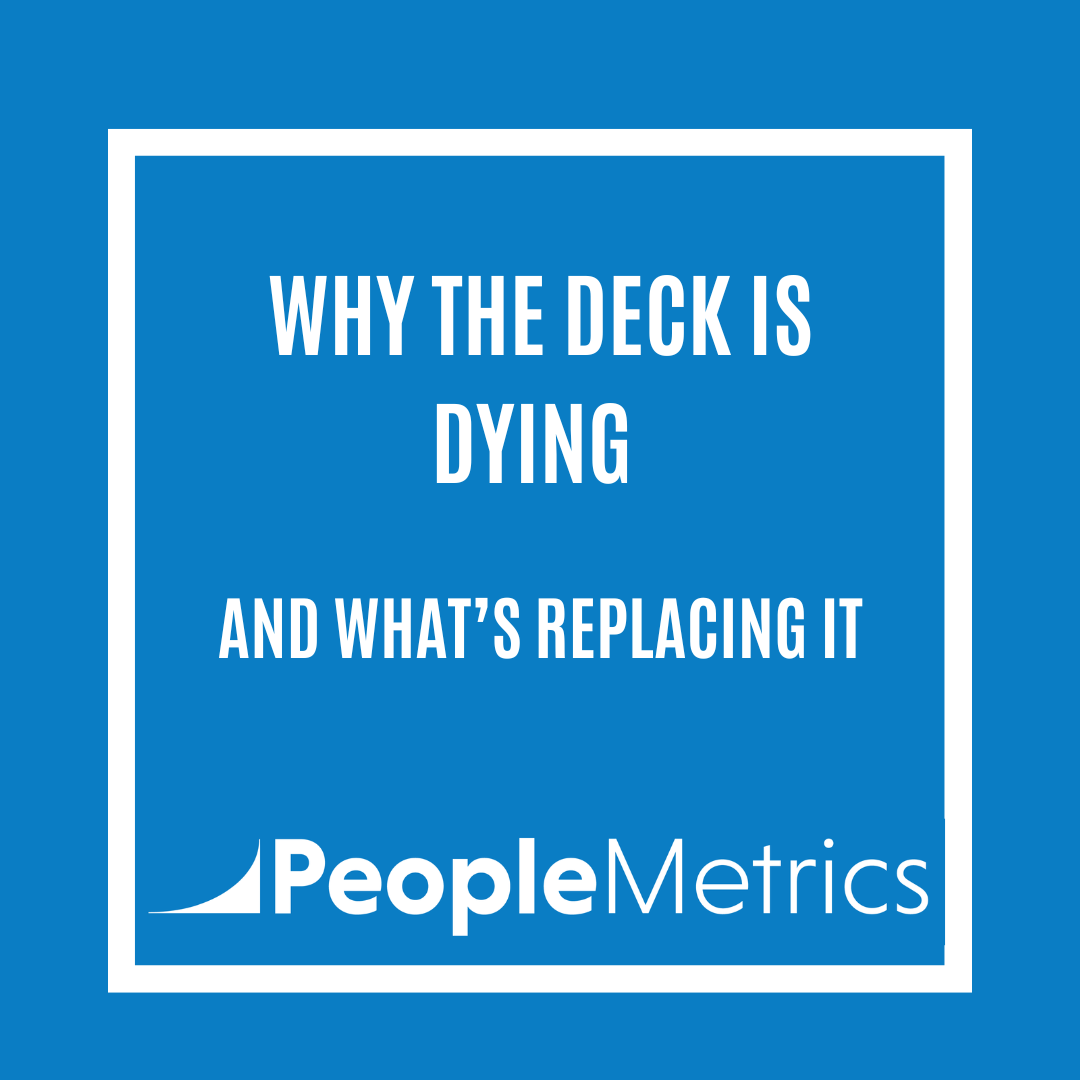When the $10 million fraud case involving Op4G and Slice broke, the focus was rightly on online market research panels.
The entire scheme relied on fake survey takers, VPNs, and carefully coached answers.
Years of client-facing data, completely fabricated and sold as truth.
But there’s one area of market research where that kind of fraud simply can’t happen … because the data doesn’t come from a panel at all.
It comes from your actual customers, tied to real-world interactions.
That’s Customer Experience (CX) feedback. And it’s one of the safest, most under-appreciated sources of research-grade data available today.
What Is Customer Experience (CX) Feedback?
CX feedback is the voice of real customers, captured immediately after they interact with your business.
Think:
- A call with a customer support rep
- A new product onboarding
- A claim submitted through your app
- A visit to a clinic, field service, or branch location
It’s not pulled from a panel. Surveys are typically short (3 minutes or less). It’s usually not incentivized.
It’s triggered automatically from your internal systems and based on actual events.
How CX Programs Work
Done right, CX isn’t just “NPS” on autopilot.
It’s a disciplined, research-backed process for continuous learning.
Here’s how it works:
- A customer interacts with your company (in person, online, phone, etc.)
- That event is captured in your CRM, ticketing, or internal system
- A short, targeted survey is automatically triggered
- The customer responds immediately after the interaction, not days or weeks later
- If the customer has a poor experience, an alert is immediately sent to the client, assigned to a person who is responsible for following up and making it right with the customer
- Their feedback is tied directly to that transaction, location, and rep/team (offering rich opportunities for analysis)
You’re not asking people to imagine hypothetical scenarios.
You’re asking them to reflect on what just happened, and how it made them feel.
And empowering the client to fix unresolved issues that can turn detractors into promoters.
Why This Data Is Practically Fraud-Proof
The Slice case showed just how easily fraud can pass through traditional sample models.
But in CX? The game is different:
- You already know who the customer is
- You know exactly what they did, and when
- There’s no incentive abuse, no screeners to game, no anonymity to hide behind
The sample is real. The interaction is real. The feedback is real.
That’s why CX data is so powerful and so safe.
And Make No Mistake, CX Is Research!
A lot of people hear “CX” and think “just dashboards.”
But real CX programs involve real market research fundamentals:
- Questionnaire design that is crafted by researchers, not marketers
- Fielding strategy that is continuous, but intentional with limits on how many times a given respondent receives a survey (to avoid survey fatigue)
- Data visualization through custom dashboards tailored to specific roles within the organization (e.g., executive, regional, location)
- Offline reporting and insights, including trend analysis, key drivers, root cause, segmentation … traditional research storytelling
It’s not fluff. It’s not “feedback lite.”
It’s high-level market research adapted to the speed of business.
The Strategic Power of CX
CX doesn’t just help you understand what’s broken, it helps you fix it!
With the right program in place, clients use CX data to:
- Optimize onboarding flows
- Coach and reward frontline teams
- Identify friction in digital and offline journeys
- Reduce churn via real-time alerts
- Improve outcomes for patients, members, guests, or customers
- And so much more!
It’s fast, it’s grounded, and it’s continuous.
And it comes from the only audience that truly matters, your actual customers.
Bottom Line
The Op4G/Slice case proved that anonymous data can be exploited.
Customer Experience feedback can’t.
It’s tied to identity. Rooted in real-world events. And designed by researchers, not bots.
If you want insights you can trust in the age of AI survey fraud, start with the one thing no algorithm can fake:
A real customer. Telling you what just happened. In their own words.
Up next:
Post 7: What to Do If You Have to Use Third-Party Sample Providers





